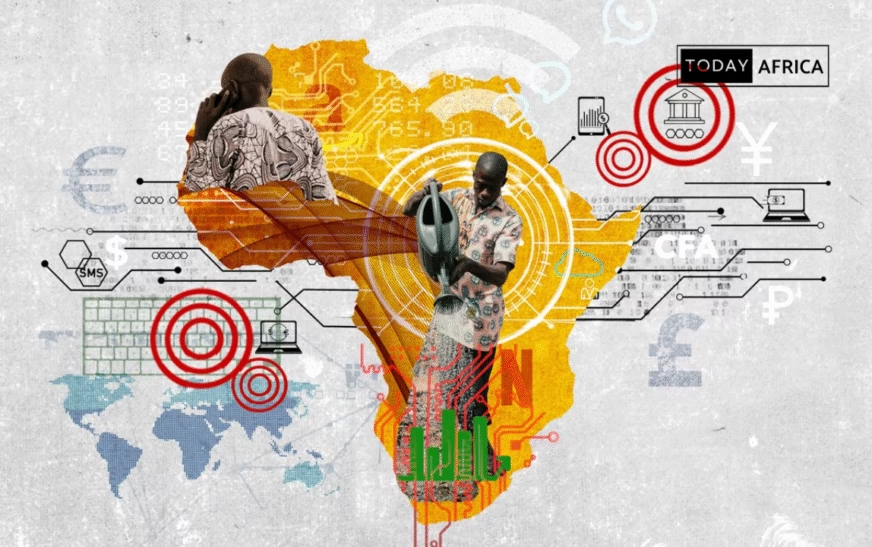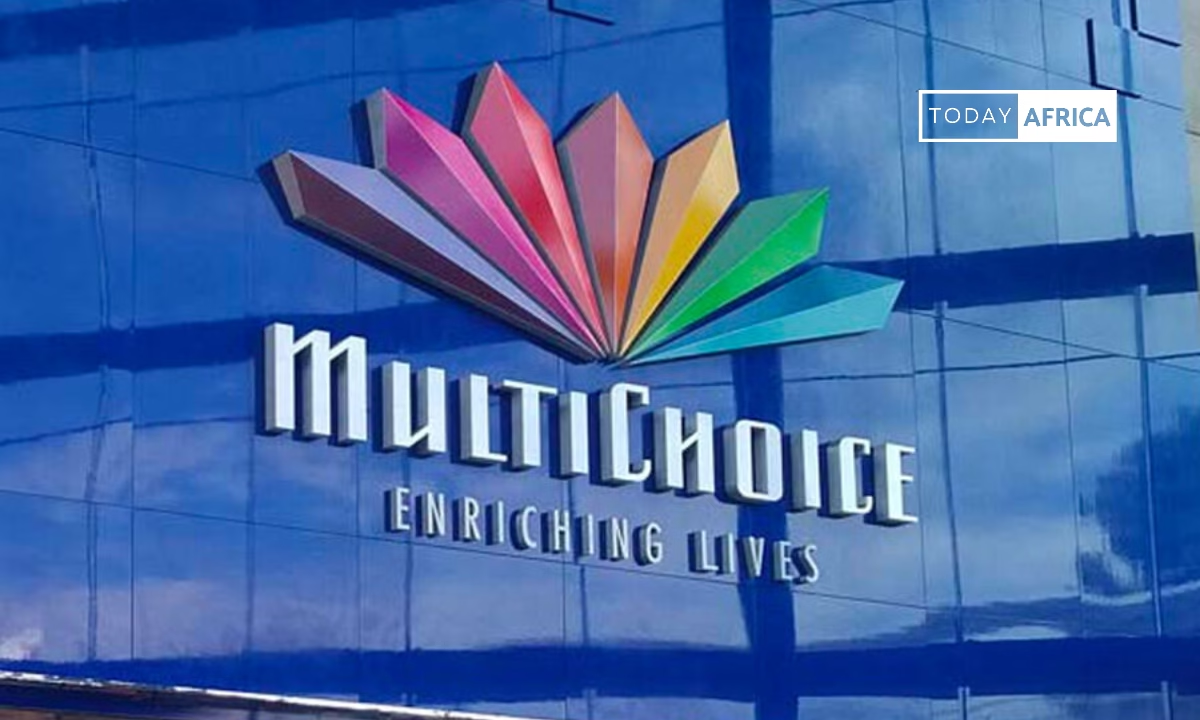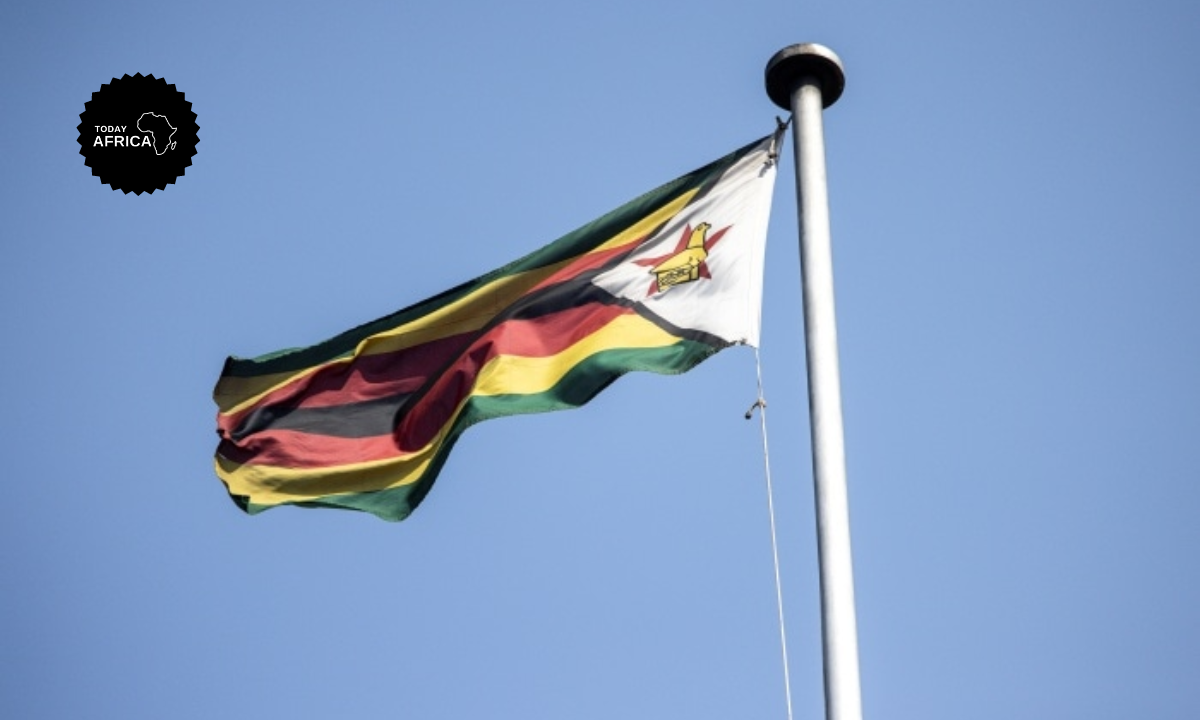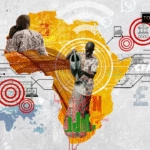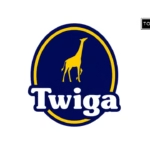It started with payments. Mobile money, digital wallets, and remittance apps changed how Africans moved money fast, cheap, and across borders.
For nearly a decade, that was the heart of Fintech in Africa. Startups like M-Pesa, Flutterwave, and Chipper Cash built the rails that connected millions of people to the digital economy for the first time.
But something has shifted.
Today, moving money isn’t the problem it once was. Nearly everyone who wants to send, receive, or store cash digitally can do so — often instantly. What people now want is more: ways to save, borrow, insure, invest, and grow.
That’s where Fintech 3.0 in Africa begins.
In this article, we’ll explore what comes after payments and how African fintechs are shifting into savings, lending, insurance, and infrastructure.
From Fintech 1.0 to 3.0: A quick evolution
Fintech 1.0: the age of payments
Fintech in Africa was born out of necessity. In the early 2000s, traditional banks were serving less than 20% of the population. Then came mobile money.
M-Pesa, launched in Kenya in 2007, became the continent’s proof of concept, showing that financial inclusion could leapfrog physical infrastructure. By 2023, M-Pesa had over 50 million active users across seven countries, processing more than $400 billion annually, according to Safaricom’s data.
That era, Fintech 1.0, was about access.
It was about making sure people could move money safely and affordably, regardless of geography or income. But as more players entered the market, competition intensified.
By 2020, digital payments had become a crowded battlefield. Every new startup seemed to offer transfers, airtime purchases, or bill payments. Margins thinned, customer acquisition costs soared, and growth slowed.
Fintech 2.0: the rise of digital banks
If Fintech 1.0 was about moving money, Fintech 2.0 was about managing it.
Between 2015 and 2022, a new generation of digital banks emerged, including Moniepoint and Kuda in Nigeria, TymeBank in South Africa, FairMoney, Carbon, and others.
They promised seamless onboarding, zero-fee accounts, and smart savings tools that could rival traditional banks. For many, this was the first taste of real banking, digital, mobile-first, and designed for everyday people.
Kuda, for instance, grew to over 7 million users by 2024, according to company reports. FairMoney processed over ₦2 trillion ($2.6 billion) in loan disbursements the same year.
TymeBank, backed by Patrice Motsepe’s African Rainbow Capital, became one of South Africa’s fastest-growing banks, onboarding more than 8 million customers in under five years.
But even this wasn’t enough. Once people had accounts, they wanted impact, the kind that helped them save for school fees, build small businesses, or survive medical emergencies.
Read Also: State of Artificial Intelligence in Africa: Opportunities & Challenges
Fintech 3.0 in Africa: beyond payments
And that gap between moving money and building wealth is exactly where the next evolution begins.
Welcome to Fintech 3.0, the era of diversification.
Startups are no longer satisfied with just facilitating payments. They’re expanding into savings, lending, insurance, and infrastructure, building ecosystems rather than single products.
It’s not just a race for wallet share anymore. It’s a race for life share, a deeper, more sustainable relationship with customers that spans every part of their financial lives.

1. Savings: turning transactions into trust
In a continent where over 350 million people remain unbanked (World Bank, 2023), savings have always been informal, tucked under mattresses, stashed in susu groups, or rotated through cooperatives.
Fintech 3.0 startups are digitizing that behavior.
In Nigeria, PiggyVest and Cowrywise are redefining how young Africans think about saving. PiggyVest, with over 5 million users, allows automatic daily or weekly savings with as little as ₦100.
Cowrywise adds investment options, offering users the ability to earn yields from regulated mutual funds, something previously out of reach for most people.
In Kenya, apps like Ndovu and Safaricom’s Mali are bringing micro-investments into the mainstream, letting users invest in unit trusts from as low as KES 100 ($0.75).
These products go beyond convenience. They build trust, a currency often more valuable than cash in financial ecosystems still battling fraud and scepticism.
“For millions, a savings app isn’t just convenience, it’s a safety net,” says PiggyVest co-founder Odunayo Eweniyi. “It’s a way to build financial discipline and resilience in economies that don’t always offer stability.”
2. Lending: closing the credit gap
Access to credit remains one of Africa’s biggest financial challenges. According to the African Development Bank, over 65 million MSMEs on the continent face a combined credit gap of more than $330 billion.
That gap is now a massive opportunity for fintech innovation.
Digital lenders like M-KOPA, Branch, and FairMoney are bridging it by leveraging alternative data, mobile usage, transaction history, and even airtime top-ups to assess risk and offer microloans within minutes.
- M-KOPA has provided over $1 billion in credit to low-income consumers through pay-as-you-go solar products and smartphones.
- Branch reports over $700 million in cumulative loans across Kenya, Nigeria, and Tanzania.
- FairMoney recently secured a microfinance license in Nigeria to scale its credit offerings.
These platforms aren’t just lending money; they’re building credit histories, giving millions a financial identity they can carry forward into larger opportunities.
3. Insurance
Insurance remains one of the least penetrated sectors in Africa, under 3% in most countries, according to the OECD (2023). But that’s changing fast, thanks to fintechs that are making coverage simple, mobile, and affordable.
Startups like Lami (Kenya), Pula (Kenya), and Casava (Nigeria) are leading the charge.
- Lami uses APIs to help businesses embed insurance directly into their digital products.
- Pula insures over 9 million smallholder farmers against crop loss, partnering with global reinsurers and NGOs.
- Casava offers microinsurance plans for as little as ₦200 ($0.15) a day, covering health, job loss, and income protection.
This wave of “insurtech” companies represents the next frontier of Fintech in Africa, one that’s driven by risk protection rather than just transaction speed.
Read Also: Top 4 Startup Ecosystems in Africa This Year
4. Infrastructure: building the digital rails
Behind every successful fintech is infrastructure, the invisible layer that connects payments, banks, and apps into one ecosystem.
Companies like Moniepoint, Moove, Zone, Nala, and Cellulant are quietly building those rails.
- Zone (Nigeria) is pioneering blockchain-based settlement systems for banks and fintechs.
- Cellulant powers payments for over 200 million consumers across 35 countries.
- Nala, originally a consumer remittance app, now offers B2B payment infrastructure to help African businesses receive global payments faster.
This backend revolution matters because it reduces fragmentation, one of the biggest bottlenecks in Africa’s financial system. By creating interoperable systems, infrastructure fintechs are laying the groundwork for everything else, including savings, lending, insurance, and more.
Why this shift matters
All of these points to a bigger truth, which is that Fintech in Africa is maturing.
The early wave proved that digital payments could work. Now, the question is how to turn those transactions into wealth, stability, and inclusion.
According to McKinsey (2022), the African fintech market could grow eightfold by 2030, generating over $30 billion in annual revenue. But to capture that value, startups will need to diversify fast.
Payments alone won’t sustain growth anymore. Fintech 3.0 represents the industry’s next logical step, building entire financial ecosystems rather than single-service apps.

Human side of Fintech 3.0 in Africa
For the average user, this shift isn’t just technological, it’s deeply personal.
- A loan from Branch might mean keeping a small grocery business alive.
- A PiggyVest account might be the reason a student pays tuition on time.
- An insurance policy from Casava might be the only financial cushion during a health crisis.
These stories remind us that Fintech 3.0 isn’t just a business evolution, it’s a human one. It’s about designing tools that make everyday life a little more secure, more dignified, and more hopeful.
Read Also: How Currency Volatility Impacts African Startup Valuations
What’s next for African fintechs
So, what comes after Fintech 3.0?
The next wave is likely embedded finance, financial services built directly into non-financial platforms. Think logistics companies offering loans to drivers, or e-commerce platforms providing instant credit to buyers.
We’re also seeing early signs of AI-driven finance, where startups use machine learning to detect fraud, automate credit scoring, and personalize financial planning.
And then there’s regulation, which will play a decisive role. As governments build open banking frameworks and digital ID systems, fintechs will have more tools and more responsibility to innovate safely.
Conclusion
Fintech 3.0 isn’t just about new features or buzzwords. It’s about depth, building financial products that help people live better, not just transact faster.
The next decade will reward companies that move beyond payments to solve deeper problems, wealth creation, risk protection, and financial inclusion.
For entrepreneurs and investors, this is the time to think bigger. For consumers, it’s the time to demand better.
Because the real story of Fintech in Africa isn’t just about apps, it’s about access, empowerment, and the chance to build something lasting.
FAQs
1. What is Fintech 3.0?
Fintech 3.0 is the next phase of digital finance in Africa, where fintechs go beyond payments to offer savings, lending, insurance, and infrastructure. It focuses on building complete ecosystems rather than single financial products.
2. Why are African fintechs shifting beyond payments?
Because payment margins are shrinking, and users now demand more value. Startups are realizing that the real opportunity lies in helping people manage and grow their money, not just move it.
3. Which African fintechs are leading in this new phase?
Leaders include PiggyVest, Cowrywise, M-KOPA, FairMoney, Lami, Pula, Casava, Moniepoint, and Zone, each expanding into new financial services beyond payments.
4. What challenges does Fintech 3.0 in Africa face?
Regulatory complexity, interoperability issues, and limited access to capital are key challenges. But collaboration between banks, regulators, and fintechs is improving the landscape.
5. What’s the future of fintech in Africa?
The future lies in embedded finance, AI-powered services, and regional infrastructure that connects African economies seamlessly. The ultimate goal? To make financial inclusion not just a vision, but a default.
Leave a comment and follow us on social media for more tips:
- Facebook: Today Africa
- Instagram: Today Africa
- Twitter: Today Africa
- LinkedIn: Today Africa
- YouTube: Today Africa Studio

